About this WINE

Prieure de Montezargues
Owned by the renowned Châteauneuf-du-Pape estate Château La Nerthe, the Prieuré (Priory) de Montézargues has a rich history dating back to ancient Roman times.
Situated near the village of Tavel in the eponymous AOC, Prieuré de Montézargues is sheltered by a forest of oaks, Scots pine and hundred year-old strawberry trees, while also being protected from the Mistral by the Montagne Noire (“Black Mountain”). Grapes in the 33ha vineyard are planted on sandy slopes that run down to to Pujaut Pond. Eight grape varieties flourish in the Provencal sunshine: Grenache Noir, and Grenache Blanc, Cinsault, Syrah, Mourvèdre, Carignan, Clairette and Bourboulenc

Grenache/Garnacha
Grenache (Noir) is widely grown and comes in a variety of styles. Believed to originate in Spain, it was, in the late 20th century, the most widely planted black grape variety in the world. Today it hovers around seventh in the pecking order. It tends to produce very fruity, rich wines that can range quite widely in their level of tannin.
In many regions – most famously the Southern Rhône, where it complements Syrah and Mourvèdre, among other grapes – it adds backbone and colour to blends, but some of the most notable Châteauneuf du Pape producers (such as Château Rayas) make 100 percent Grenache wines. The grape is a component in many wines of the Languedoc (where you’ll also find its lighter-coloured forms, Grenache Gris and Blanc) and is responsible for much southern French rosé – taking the lead in most Provence styles.
Found all over Spain as Garnacha Tinta (spelt Garnaxa in Catalonia), the grape variety is increasingly detailed on wine labels there. Along with Tempranillo, it forms the majority of the blend for Rioja’s reds and has been adopted widely in Navarra, where it produces lighter styles of red and rosado (rosé). It can also be found operating under a pseudonym, Cannonau, in Sardinia.
Beyond Europe, Grenache is widely planted in California and Australia, largely thanks to its ability to operate in high temperatures and without much water. Particularly in the Barossa Valley, there are some extraordinary dry-farmed bush vines, some of which are centuries old and produce wines of startling intensity.



Buying options
Add to wishlist
Description
This is a rosé of subtlety and complexity. The cépage reads like a veritable who’s who of grape varieties with Grenache Noir, Blanc, Cinsault, Syrah, Mourvèdre, Carignan, Clairette and Bourboulenc combining to create a wine with weight, texture and freshness. The nose is a beguiling mixture of red fruits (raspberry, strawberry and redcurrant) as well as hints of peach and white pepper. The palate is full and powerful, however the marriage between concentration and balance has been blessed and the finish can only be described as harmonious.
Nicholas Stewart - Buying Team
wine at a glance
Delivery and quality guarantee